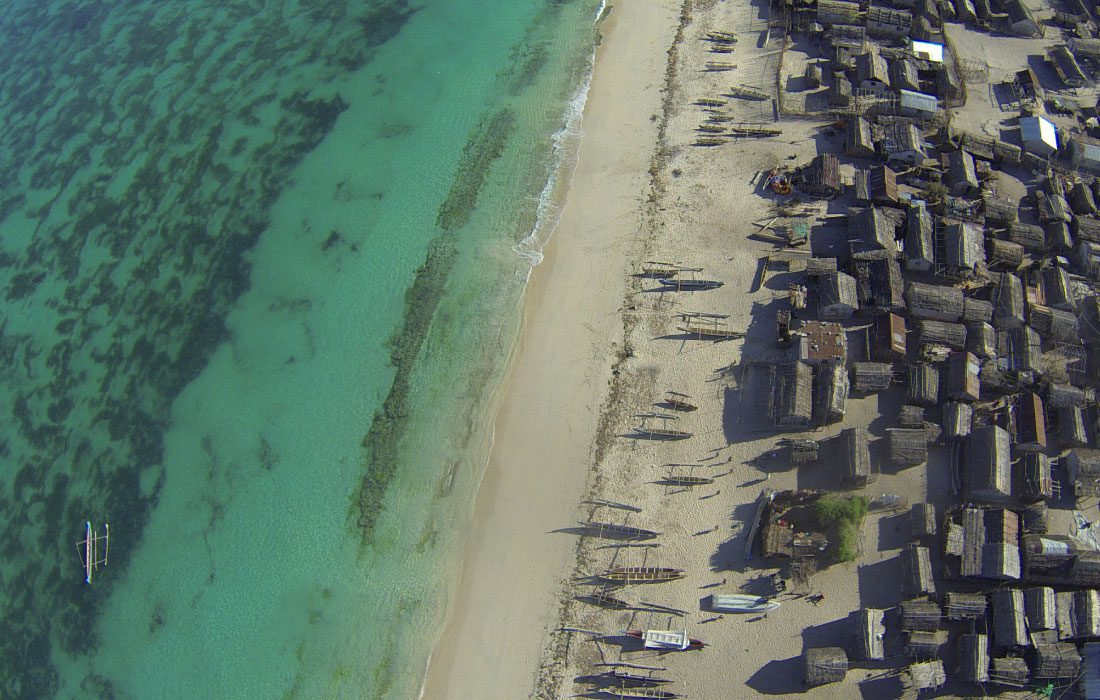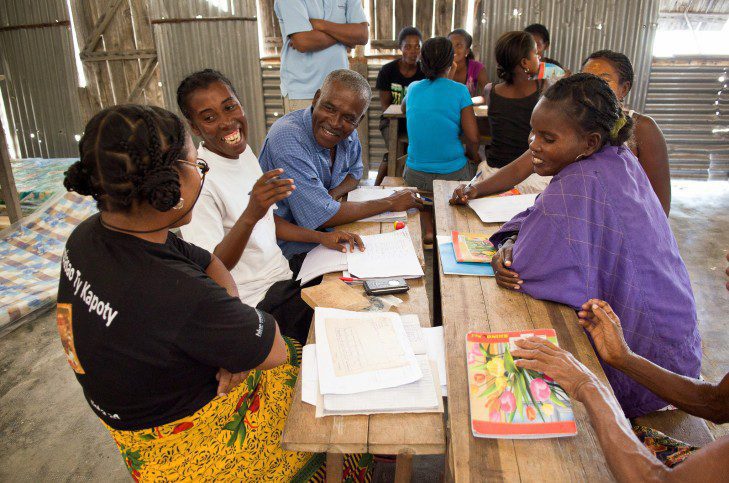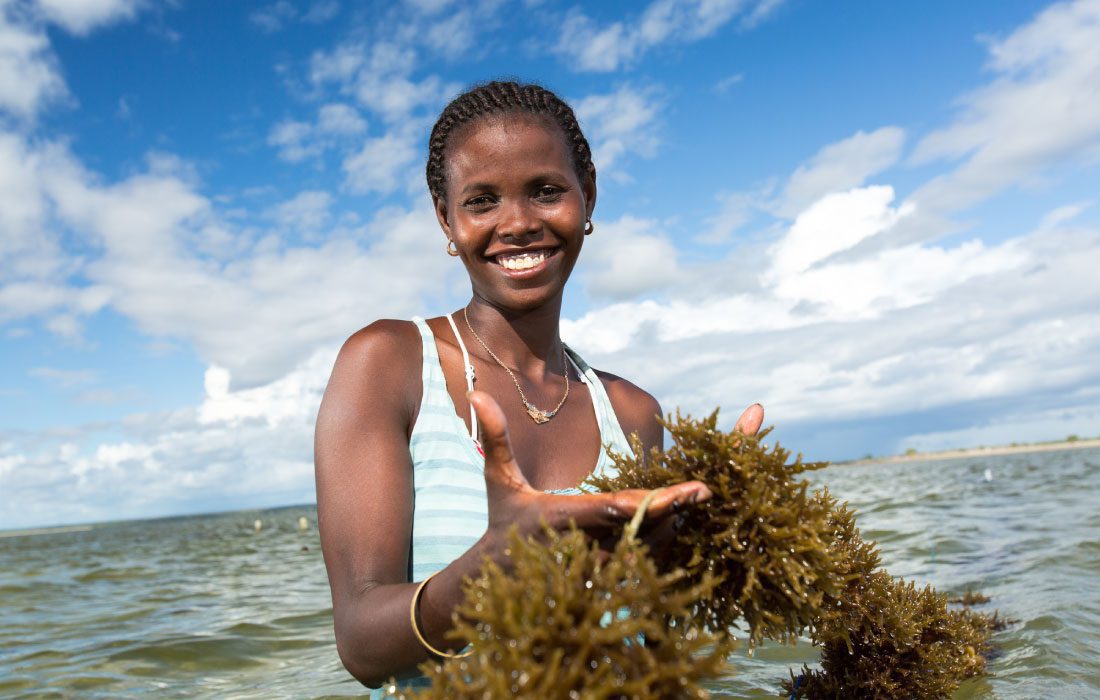As the UNFCCC Conference of the Parties (COP) gets underway in Paris, the hashtag #resilience appears with increasing frequency on my Twitter feed, and I frequently hear talk about “socio-ecological resilience”, “climate-resilient development” and “resilience programming”.
[Tweet “What is resilience? And what does “climate-resilient development” actually mean?”]
Resilience: the ability to mitigate, adapt to and recover from shocks and stresses in a manner that reduces chronic vulnerability and facilitates inclusive growth USAID defines resilience as “the ability to mitigate, adapt to and recover from shocks and stresses in a manner that reduces chronic vulnerability and facilitates inclusive growth”. Climate-resilient development can therefore be viewed as efforts which respond to the risks and opportunities posed by a changing climate, so that development goals are achieved while negative impacts of climate change are minimised.
But what does that actually mean for those communities most vulnerable to climate change (such as coastal communities in Madagascar)? Is resilience something that we should be trying more explicitly to foster? How can we support them to bounce back from increasingly frequent and severe weather events such as tropical cyclones or droughts associated with a changing climate?

Life on the edge | Photo: Gabriel Diamond
Some principles of climate-resilient development
A closer look reveals that many of the principles that underpin climate-resilient development also lie at the heart of Blue Ventures’ approach.
Listening to communities
Climate-resilient development starts with listening to communities in order to understand and respond to the challenges they face, as they experience them. When working with communities to build their ability to recover from environmental shocks, this grassroots approach is essential, and I feel proud that putting “communities first” is one of Blue Ventures’ core values. Had we not been listening to the communities with whom we partner, we might never have learned about the decline in their octopus fishery, for example, or unearthed a huge unmet need for reproductive health care; both key issues which have guided the evolution of our integrated programmes.
Listening to communities and respecting their understanding of the challenges they face can highlight the interconnected nature of these challenges, beyond the siloed sectors that typically constrain NGO practice.Interdisciplinary working
Listening to communities and respecting their understanding of the issues they face can highlight the interconnected nature of these challenges. The communities with whom we work in Madagascar clearly articulate the links they see between reproductive health, family size and food security, for example. Their perspectives are not limited by the narrow and vertical approaches that characterise many development initiatives. With issues as cross-cutting as climate change, it is vital that we take a multi-sector approach, in a way that reflects the complexity of the interconnections between people, our health and the environment.
Fostering agency
If we want to support communities to become more resilient, almost by definition we want them to have greater control over their resources, livelihoods and health, so that they are better able to respond to environmental shocks. The communities with whom we partner in Madagascar are working cooperatively to manage their marine resources in a more sustainable way, they have developed alternative livelihoods to fishing, and couples are now choosing when and how many children they have. All of this suggests that they have greater agency, with the capacity to develop flexible strategies for protecting their families and households against environmental stresses.

Building capacity | Photo: Brian Jones
From principles to practice: programmes that help build resilience
In addition to these principles, we believe that each component of our integrated programmes makes an important contribution to fostering greater climate change resilience among our partner communities.
Fisheries and marine ecosystems
As communities rebuild their fisheries, they achieve greater food and economic security. Locally Managed Marine Areas (LMMAs) aim to protect whole marine ecosystems, and healthier ecosystems are more likely to recover from shocks such as the current global coral reef bleaching event. As communities work collaboratively to manage their marine resources more sustainably, we are seeing that this sense of cooperation and commitment to locally led management often spills over into other aspects of community life, such as community organising to improve maternal health.
Aquaculture
Our community-based seaweed and sea cucumber programme allows communities to diversify their livelihoods, offering an alternative source of income to fishing. We hope this will serve to reduce pressure on marine resources and offer the potential to increase overall household income, which is often used to pay school fees or develop other small businesses. Families with more diverse livelihoods and greater incomes will be better placed to respond to environmental shocks, focusing their efforts on those activities that are least affected by the climatic event and using their assets to recover as necessary.
Reproductive health
As a result of gaining access to family planning and other health services, women and children are healthier, making them more able to cope with adverse events. If couples choose to have smaller families, that means more resources are available per child; enabling families to invest more in each child’s education or food, for example.
The value of interdisciplinary programmes
Healthier families and ecosystems, stronger local governance, greater food and economic security; we hope that all of these outcomes will help to build resilience at the community level.
We believe, however, that the overall impact of this holistic approach is greater than the sum of its parts, as the interactions between these different components increase community agency and further promote the development of resilience. For example, if couples choose to have smaller families, they are likely to generate less fishing pressure, further promoting recovery of marine ecosystems. As women gain control over their fertility and are able to space their births, they often have more time to engage in income-generation. This is likely to contribute to greater gender equity, increase women’s agency and may ultimately lead to their more active participation in marine management. All of this further supports communities to respond and adapt to the challenges of a changing climate.

Irene benefits from our integrated programmes | Photo: Garth Cripps
Blue Ventures rebuilds tropical fisheries with coastal communities
We don’t describe our work as climate-resilient development, but what we’re doing seems to align well with current thinking on how to promote greater community and ecosystem resilience to climate change. I know that we still have much to learn about how to adequately address the risks and opportunities posed by climate change, and I look forward to learning more from the discussions in Paris. I wonder also if what we have already learned about rebuilding tropical fisheries could provide useful insights for those working to promote climate change resilience. Perhaps multi-sector, community-based programmes could serve as a model for climate-resilient development elsewhere in the coastal tropics.

